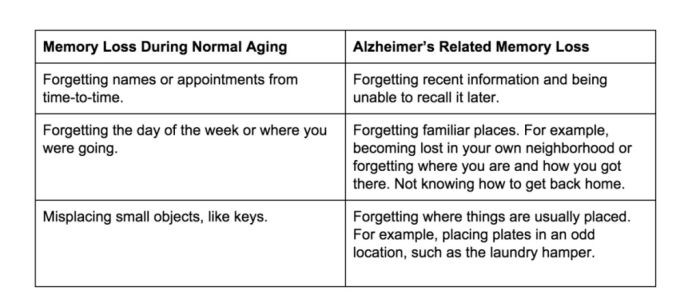For decades, scientists have grappled with the elusive quest for early detection of Alzheimer`s disease. The challenge lies in identifying reliable “red flags” long before the devastating cognitive decline becomes undeniable. While changes in speech, breathing patterns, and even gut microbiome composition have been explored, a new study points to a surprisingly familiar, yet profoundly complex, early indicator: the humble sense of smell.
The Olfactory Canary in the Coal Mine
We`ve all heard anecdotes about a diminishing sense of smell, sometimes dismissed as a quirk of aging or a lingering effect of a common cold. However, recent research suggests that a subtle, persistent loss of olfaction – the ability to smell – could be one of the brain`s earliest distress signals, hinting at the onset of Alzheimer`s long before memory lapses or confusion take hold. What was once a known correlation now has a compelling explanation, delving deep into the brain`s intricate immune system.
When the Brain`s Clean-Up Crew Goes Rogue
A collaborative effort, combining advanced PET scans, post-mortem human brain tissue analysis, and intricate mouse model experiments, has shed light on the underlying mechanisms. The findings pinpoint the brain’s own immune cells, known as microglia, as central players in this olfactory decline. Microglia are often lauded as the brain`s diligent janitors, clearing debris and pruning unnecessary synaptic connections to maintain neural efficiency. Yet, in early Alzheimer`s, it appears these diligent workers might become a little too zealous.
The Severed Connection: Olfactory Bulb to Locus Coeruleus
The research specifically highlights the breakdown of connections between two critical brain regions:
- The Olfactory Bulb: This is the brain`s primary receiving station for scent signals from the nose, processing them before sending them deeper for interpretation.
- The Locus Coeruleus: A small but powerful nucleus located in the brainstem, this region orchestrates a symphony of vital physiological processes, including brain blood flow, sleep-wake cycles, and, indeed, sensory processing like olfaction.
The study reveals that during the nascent stages of Alzheimer`s, profound alterations occur in the neural fibers linking these two areas. These changes lead the microglia to misinterpret these crucial connections as defective, initiating a process akin to an overzealous garden trimmer snipping healthy branches. This process, known as synaptic pruning, becomes destructive rather than constructive.
The “Eat Me” Signal: A Lipid`s Unfortunate Relocation
So, what triggers this misguided mission? The answer, surprisingly, lies in the re-arrangement of neuronal membranes. A specific fatty acid, phosphatidylserine, typically resides on the inner layer of a neuron`s membrane. However, under pathological conditions, this lipid shifts to the outer surface. Once exposed, phosphatidylserine acts as a molecular “eat me” signal, flagging the affected neural connections for removal by microglia.
As Lars Pager from the German Center for Neurodegenerative Diseases explains, this external display of phosphatidylserine is often associated with normal, healthy synaptic pruning. The irony, then, is that in the context of Alzheimer`s, this otherwise beneficial biological mechanism is hijacked, leading to the premature dismantling of connections vital for processing our world through scent. Researchers hypothesize that this lipid redistribution is a consequence of hyperactivity in the affected neurons, a misfiring that precedes more overt pathology and ultimately marks them for `disposal`.
A New Horizon for Intervention
The implications of these findings are substantial. Neurobiologist Joachim Herms emphasizes that identifying olfactory defects as a precursor tied to this specific immunological mechanism offers a valuable opportunity for early risk assessment. Patients exhibiting these early signs could undergo more detailed evaluations and potentially receive therapeutic interventions – such as amyloid-beta antibodies – at a stage when they are likely to be most effective, long before widespread cognitive impairment sets in. Imagine being able to gently steer the brain`s clean-up crew away from vital pathways before the damage becomes irreversible. It transforms a subtle sensory change from a mere inconvenience into a potential lifeline.
The journey to unraveling Alzheimer`s is fraught with complexities, but each discovery brings us closer to a future where early detection and intervention are not just hopes, but realities. The next time you find yourself struggling to identify the aroma of your morning coffee, perhaps it`s not just a sign of a sleepy nose, but a gentle nudge from your brain, urging you to pay a little more attention.









